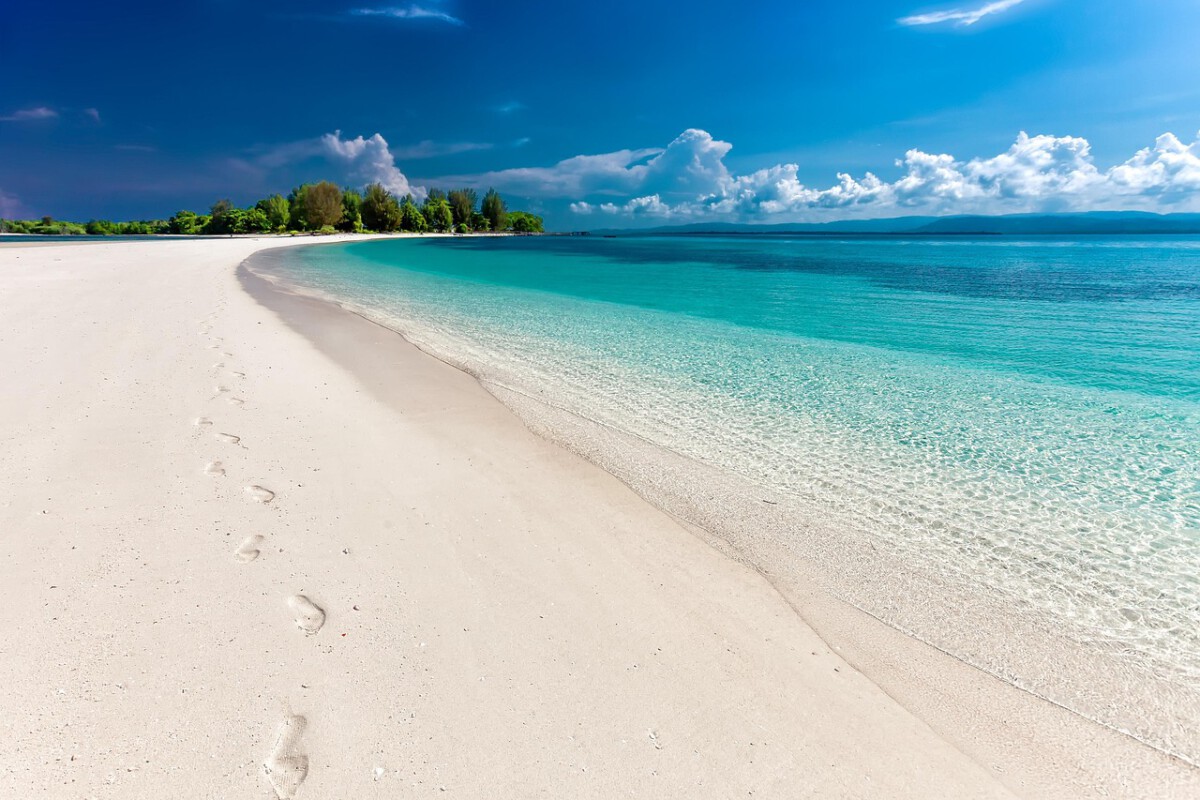Bodie, California – The Crown Jewel of Ghost Towns
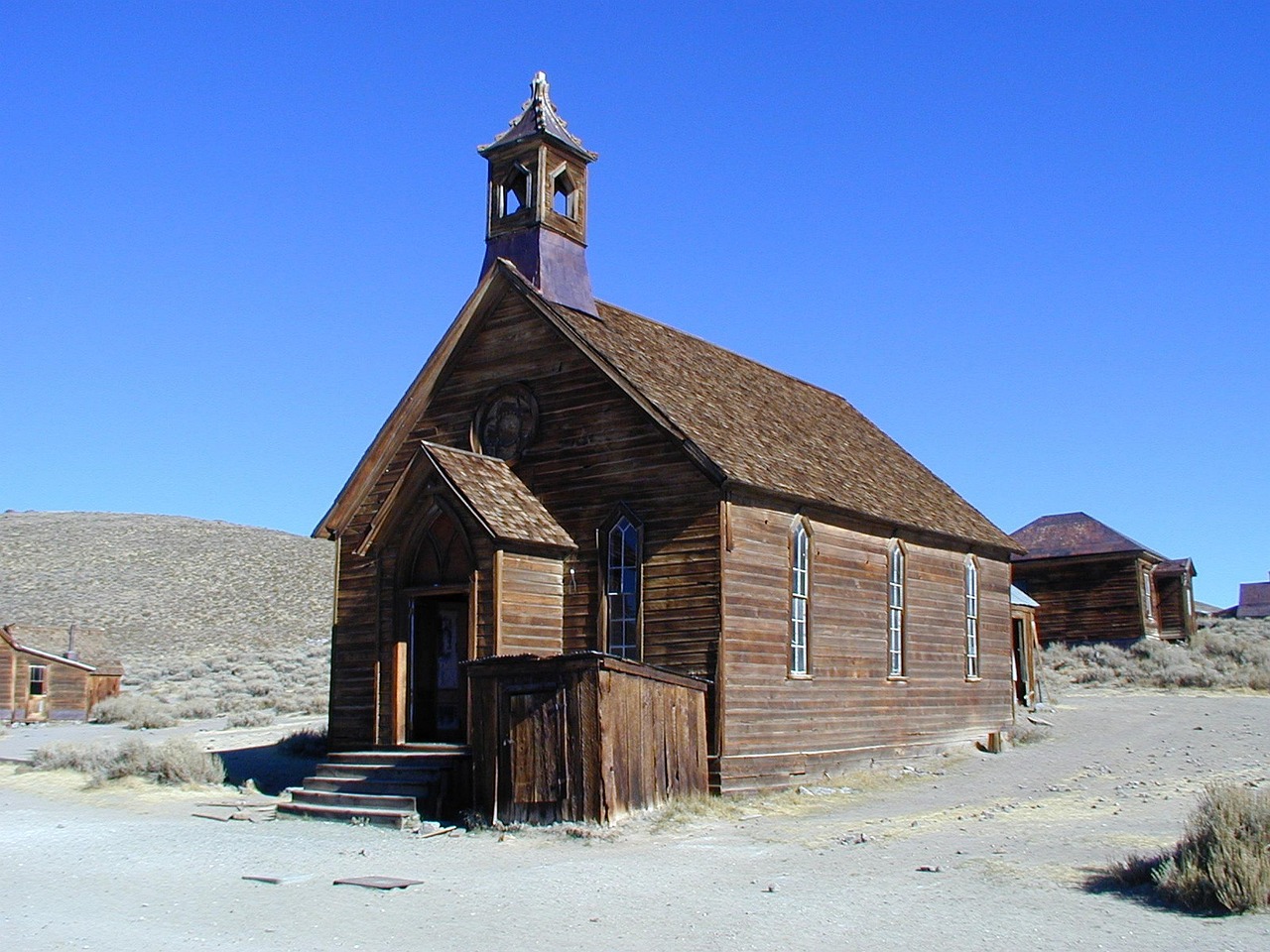
Imagine walking down a dusty street where nearly 200 weathered buildings stand frozen in time, their windows peering out like hollow eyes from America’s wild past. Come walk the deserted streets of a genuine California gold-mining ghost town that once had a population of nearly 10,000 people. Visiting Bodie is the most authentic way to see the real-life setting of the California gold rush. From 1877 to 1882, Bodie was a bustling town with close to 8,000 residents and produced more than $38 million in gold and silver. It receives about 200,000 visitors yearly. This isn’t some sanitized theme park – it’s the real deal, preserved in what experts call “arrested decay.” Today, with the gold mining days of California are a distinct memory, there are almost 200 abandoned wooden buildings in a state of “arrested decay” to photograph and explore.
Cripple Creek, Colorado – The World’s Greatest Gold Camp

Over 500 mines in the Cripple Creek Mining District produced 21 million ounces of gold, surpassing the production of the California and Alaska gold rushes combined. Designated a National Historic Landmark in 1963, at an elevation of 9,395′ Cripple Creek bills itself as “the World’s Greatest Gold Camp.” Unlike many ghost towns, this Colorado gem never quite died. Cripple Creek was established in 1890 and it stands proudly as the home of the last Colorado Gold Rush. The town got its start after a cowboy-turned-prospector named Bob Womack found gold in a location known as Poverty Gulch. Today, the allure of the abandoned mines attracts thousands of visitors every year. What makes Cripple Creek special is how it reinvented itself – when tourism dropped in 1989, locals pushed for gambling legalization, transforming the town into a gaming destination while preserving its authentic Wild West character.
Sutter Creek, California – Where It All Began
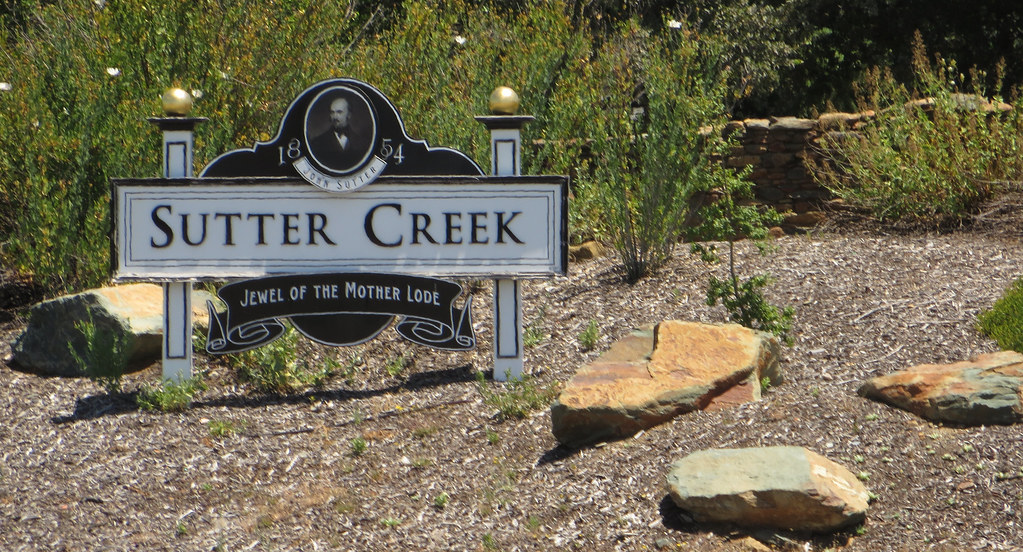
Perhaps one of the most famous gold rush town, Sutter Creek takes its name from its founder, John Sutter, who was responsible the original “gold discovery” mining claim. Sutter Creek dates back to 1846, just before the big gold mining boom, but it continued to profit from quartz mines into the 1950s. This is where James Marshall’s discovery in 1848 started the entire California Gold Rush madness. Unlike some gold rush towns with a reputation for lawlessness, Sutter Creek appears to have maintained a dignified air. The quaint, well-appointed downtown historic district features buildings from the 1800s and has many boutiques, wine-tasting venues, and restaurants–the most famous of which is Gold Dust Pizza. It’s like stepping into a living museum where you can actually grab dinner and browse shops in buildings that housed desperate prospectors over 170 years ago.
Nevada City, California – Victorian Elegance in Gold Country
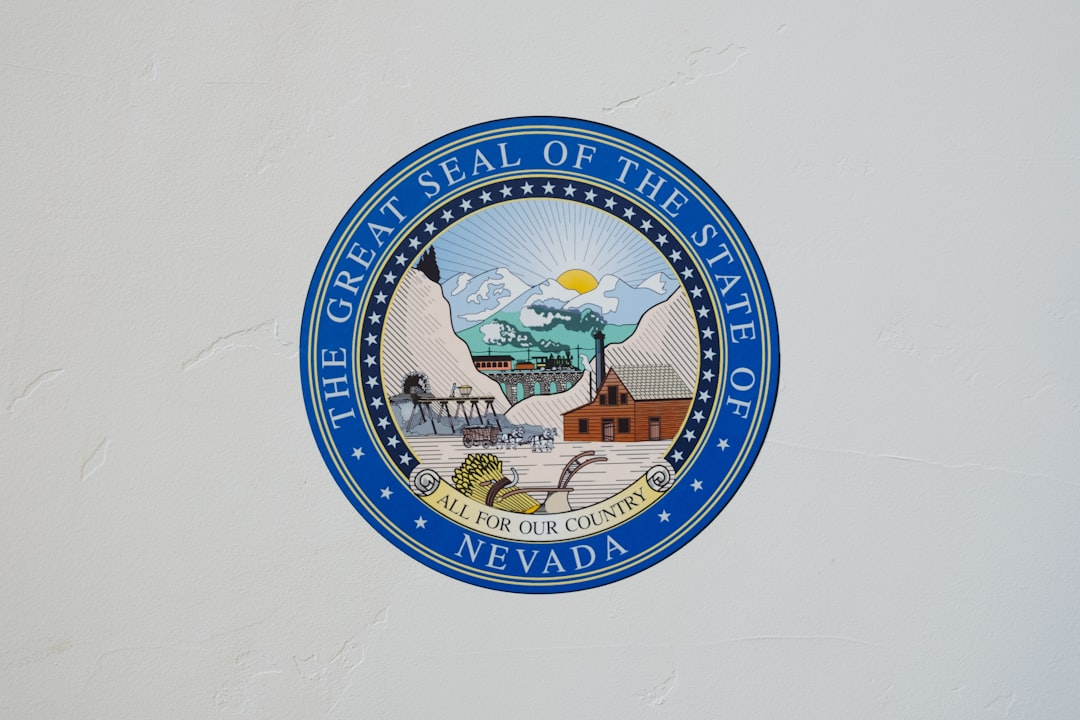
Known for its beautifully preserved architecture, Nevada City was a thriving hub during the California Gold Rush. Strolling through its historic district will transport you to the 1850s. This isn’t your typical dusty mining town – Nevada City has maintained an almost fairy-tale quality with its Victorian mansions and tree-lined streets. The town’s survival and prosperity came from its smart diversification beyond just gold mining. While other boom towns went bust when the gold ran out, Nevada City adapted and evolved, keeping its historical charm while building a sustainable community. Today it’s a perfect blend of authentic history and modern amenities, offering visitors the chance to sleep in historic hotels and dine in buildings where gold-drunk miners once celebrated their fortunes.
Leadville, Colorado – Mining Town in the Clouds
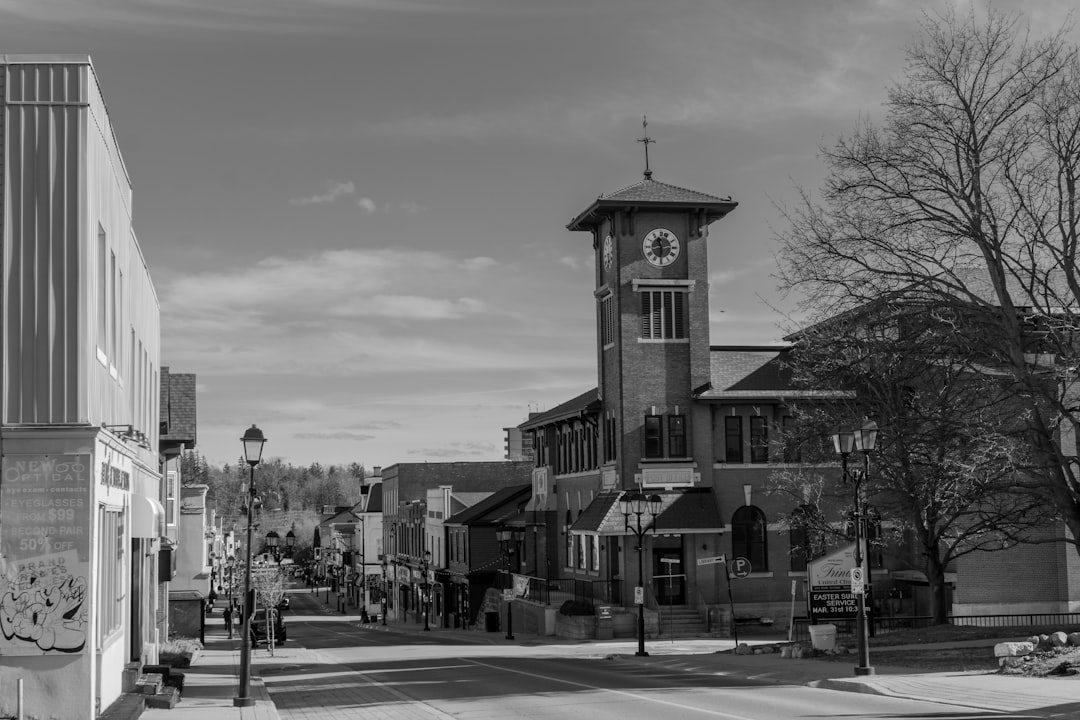
Nestled at 10,200 feet in the Rockies, Leadville became a hotspot for gold and silver mining. Today, its historic district and the National Mining Hall of Fame and Museum pay tribute to the town’s rich mining history. At this altitude, you’re literally breathing thinner air while walking through one of America’s highest incorporated cities. Leadville’s story is particularly fascinating because it had not one, but multiple mining booms – first gold, then silver, and later molybdenum during World War II. The harsh mountain environment meant only the toughest survived here, creating a town culture unlike anywhere else. Even today, Leadville maintains its gritty, no-nonsense character while offering visitors incredible mountain scenery and authentic mining history experiences.
Dahlonega, Georgia – America’s First Gold Rush
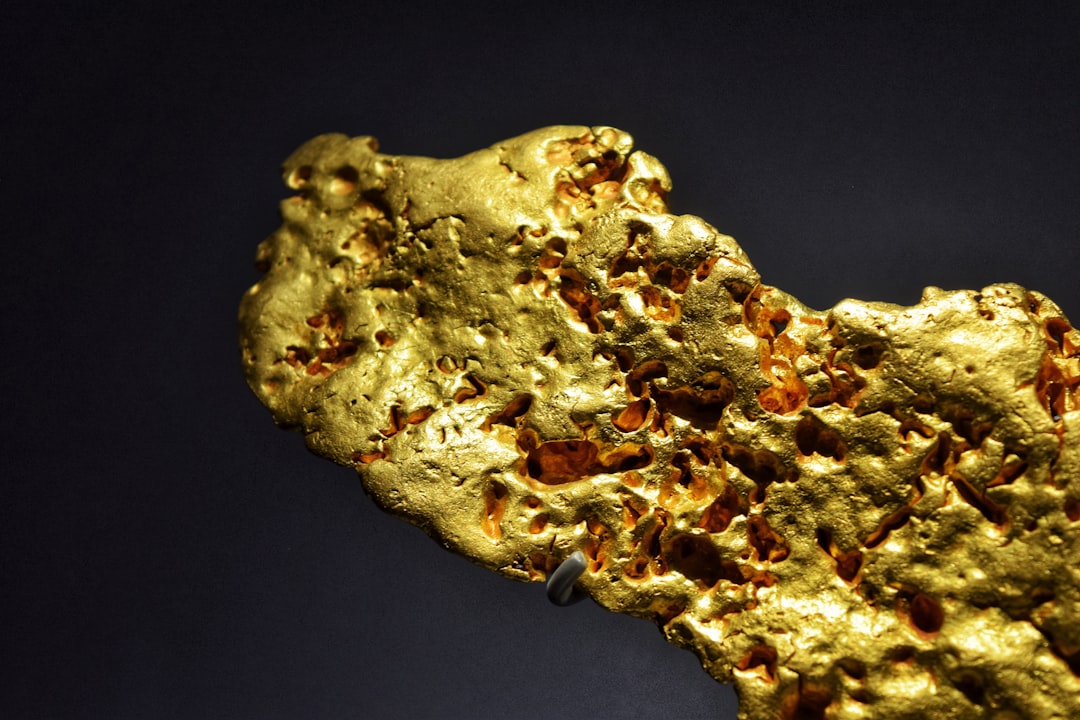
Before California’s gold rush, Dahlonega was at the heart of America’s first major gold strike in 1828. The Dahlonega Gold Museum highlights the town’s history through fascinating exhibits and artifacts. Most people don’t realize that America’s gold fever started in Georgia, not California – twenty years before anyone heard of Sutter’s Mill. Dahlonega (from the Cherokee word “talonega” meaning yellow) saw thousands of prospectors flood into North Georgia’s mountains, forever changing the landscape and unfortunately displacing Cherokee tribes. What’s remarkable about visiting Dahlonega today is seeing how it seamlessly blends its mining heritage with modern attractions like wine tastings and mountain festivals. The town square still centers around the old courthouse where gold was once assayed, now home to the fascinating museum that tells the complete story of America’s first gold rush.
Placerville, California – The Hangtown That Survived

Placerville—nicknamed “Hangtown”—was a central site during the California Gold Rush. The museum houses a wealth of artifacts and tells captivating stories of the region’s mining past. The nickname alone tells you what kind of Wild West justice prevailed here during the 1850s. Placerville earned its grim moniker from the hangman’s tree on Main Street, where swift frontier justice was dispensed to claim jumpers and thieves. But don’t let the dark history fool you – modern Placerville has transformed into a charming mountain town that celebrates both its rough past and bright present. The historic Main Street now bustles with antique shops, restaurants, and the fascinating El Dorado County Historical Museum, all while maintaining the authentic Western architecture that housed saloons, gambling halls, and general stores during the gold rush era.
Central City, Colorado – The Richest Square Mile on Earth
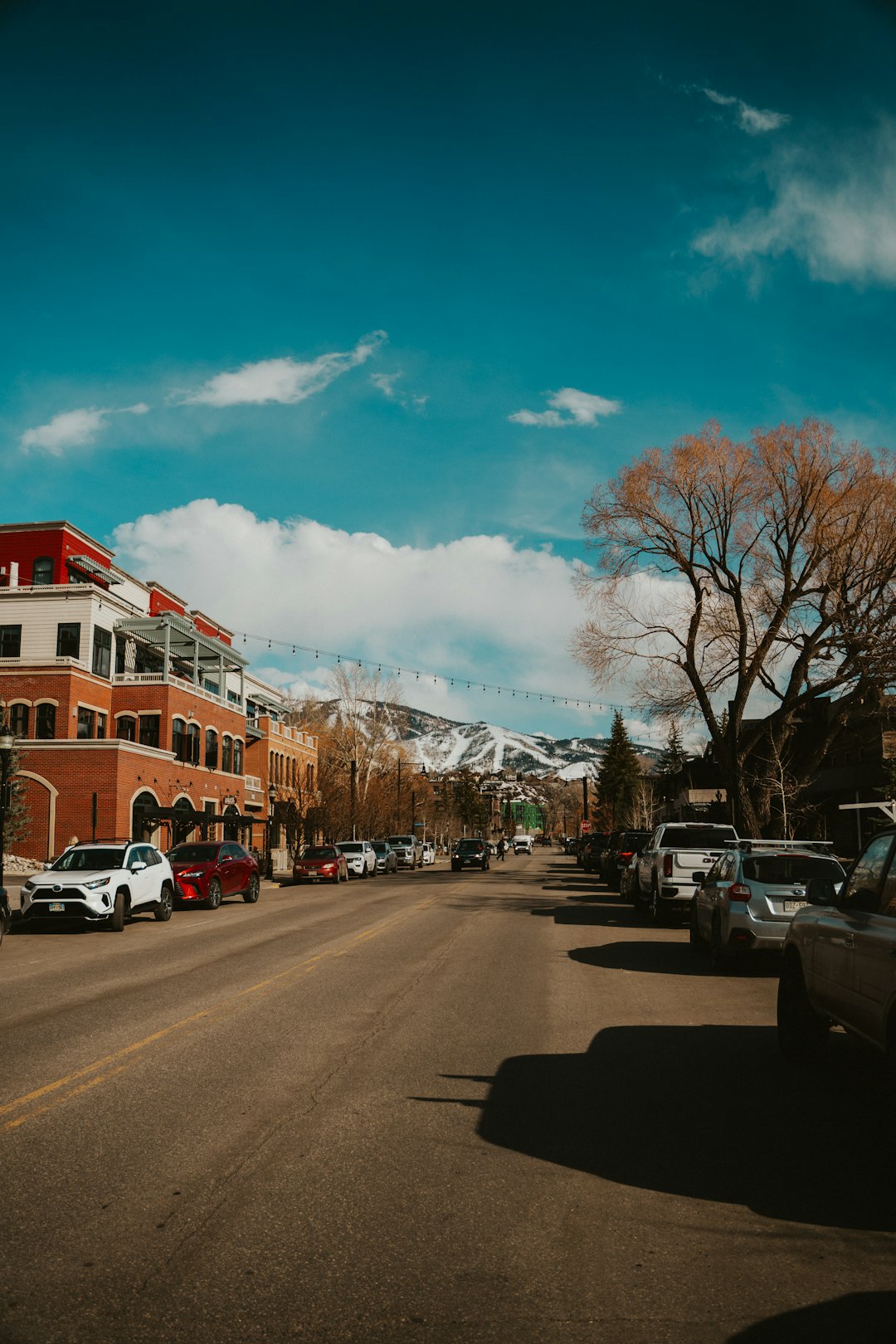
Gold seekers in the mid-1800s flocked to Colorado’s Front Range during the Pike’s Peak Gold Rush. Visit historic towns like Central City and Black Hawk to see remnants of this era, now bustling with casinos and museums. Central City once boasted the bold claim of being “the richest square mile on earth,” and the evidence still surrounds you when you walk these mountain streets. The town’s opera house, built in 1878, hosted the likes of Sarah Bernhardt and other world-famous performers – imagine traveling by stagecoach through dangerous mountain passes just to catch a show! Like Cripple Creek, Central City found new life through legalized gambling in the 1990s, but unlike many gaming destinations, it has carefully preserved its authentic Victorian architecture. The combination of historic buildings, mountain scenery, and modern entertainment creates an almost surreal experience where past and present coexist in fascinating harmony.
Auburn, California – Gold Country’s Hidden Gem
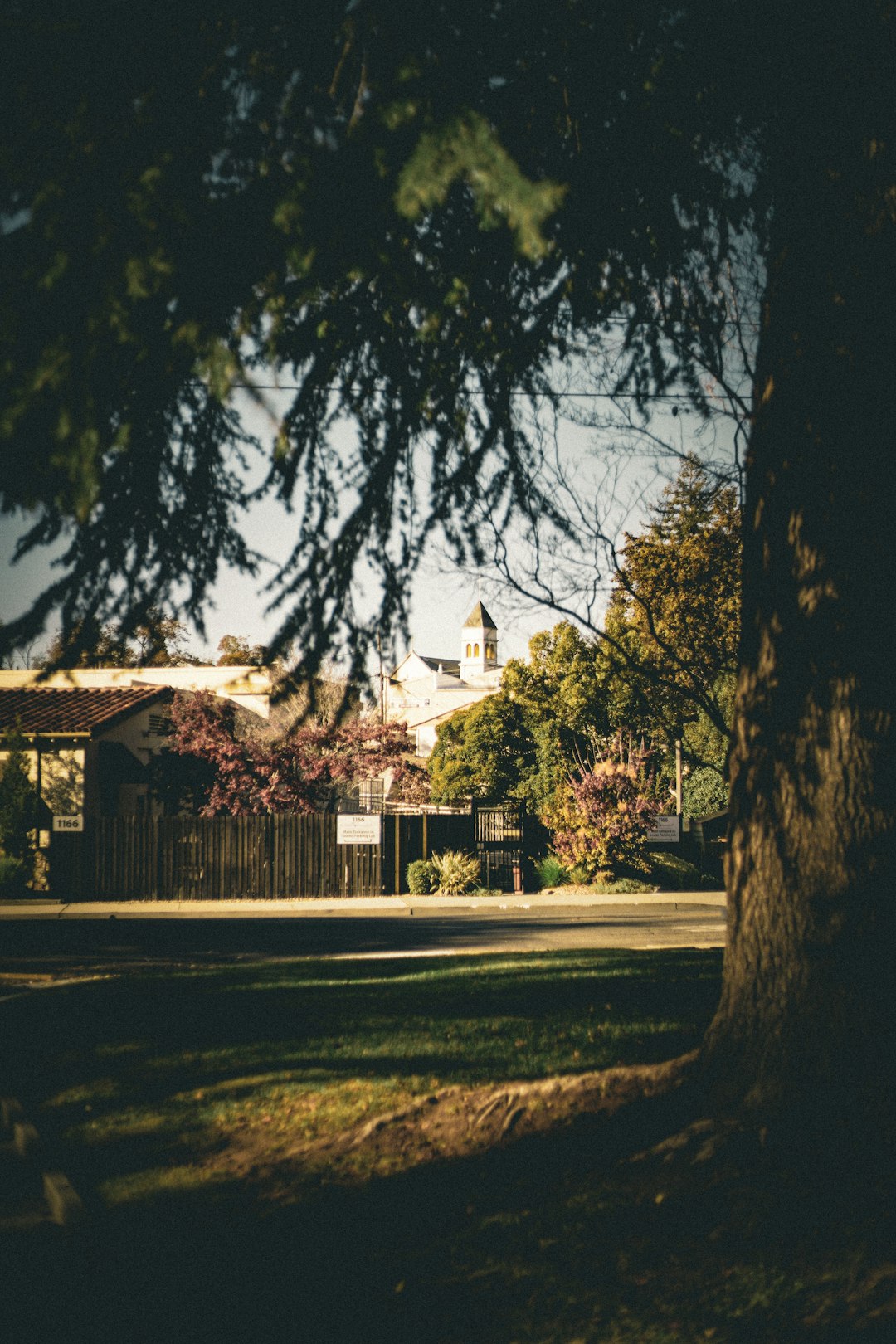
Auburn sits perfectly positioned in California’s Mother Lode country, where the legendary gold-bearing seam once produced fortunes beyond imagination. As it turns out, the California gold country was blessed (or cursed, depending on your viewpoint) with a geologic rarity called the Mother Lode. This gold deposit was a 150-mile-long seam of gold-bearing rock that produced most of the gold mined during the Gold Rush days. Auburn’s Old Town still maintains its authentic 1850s character with wooden sidewalks, false-front buildings, and the kind of atmosphere that makes you expect a gunfighter to walk around the corner. What sets Auburn apart is how it’s managed to preserve its gold rush heritage while growing into a thriving modern community – you can pan for gold in the morning and enjoy fine dining in the evening, all within the same historic district where desperate ’49ers once slept in tents and shanties.
Sonora, California – Queen of the Southern Mines

Known as the “Queen of the Southern Mines,” Sonora earned its regal nickname through sheer abundance of gold and the sophistication of its mining operations. The town’s Mexican heritage shows in everything from architecture to street names, reflecting the diverse international community that flocked here during the rush. Sonora’s historic downtown feels like a movie set, but it’s the real thing – these buildings housed everything from general stores to dance halls during the 1850s boom. The town’s survival strategy was similar to Nevada City’s: diversification and adaptation. When hydraulic mining was banned due to environmental concerns, Sonora reinvented itself as a lumber town, then later as a tourism destination. Today, visitors can explore the same streets where Mark Twain once walked as a young newspaper reporter, gathering the stories and characters that would later make him famous.
Fairbanks, Alaska – The Last Great Gold Rush

The Fairbanks Gold Rush of the early 1900s turned this region into a hotspot for gold prospectors. The Fairbanks Gold Rush of the early 1900s turned this region into a hotspot for gold prospectors. The Pioneer Park and its replica Gold Rush town offer a fun, educational journey into Alaska’s mining past. Fairbanks represents the last chapter in America’s great gold rush story, where prospectors battled not just claim jumpers and equipment failures, but also temperatures that could drop to 60 below zero. The discovery of gold here in 1902 by Felix Pedro sparked the final major gold rush in American history, drawing thousands of stampeders to Interior Alaska’s brutal but rewarding landscape. What makes Fairbanks unique among gold rush towns is how it successfully transitioned from mining to become Alaska’s second-largest city, while still maintaining active gold mining operations today. The contrast is striking – you can visit replica gold rush cabins at Pioneer Park, then drive past modern gold dredges still working the creeks that made this town famous.
Virginia City, Montana – Where Vigilante Justice Ruled
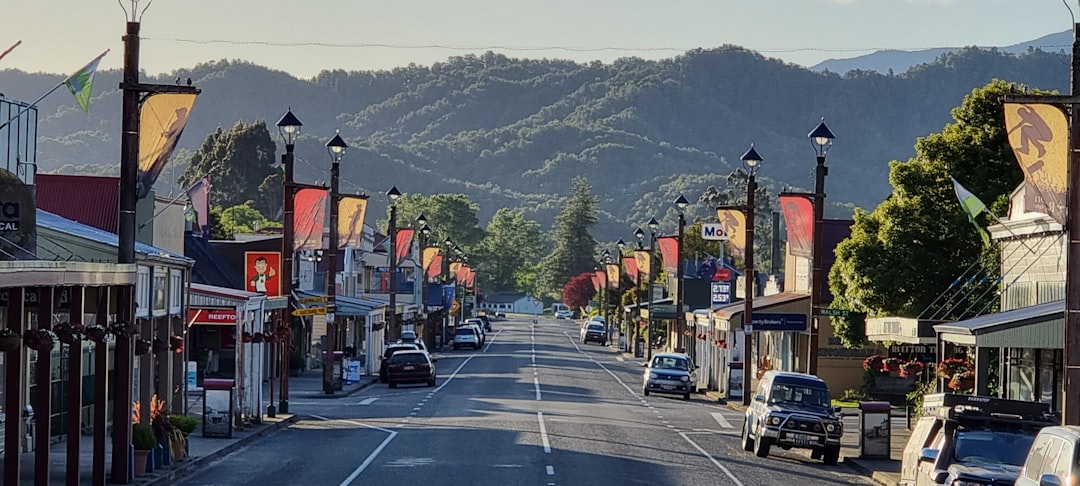
Virginia City embodies the raw, unforgiving nature of Montana’s gold rush like nowhere else – this was a place where vigilante justice wasn’t just common, it was necessary for survival. Founded in 1863 after one of the richest gold strikes in Montana history, the town quickly attracted every type of character the Wild West could produce, from honest miners to road agents who robbed and murdered travelers. The famous Montana Vigilantes operated from here, and their story of frontier justice reads like something out of a Hollywood Western. Today, Virginia City operates as a living history museum where many buildings remain exactly as they were during the 1860s boom. You can walk the same wooden sidewalks where Sheriff Henry Plummer (who was secretly the leader of a gang of road agents) once enforced his own twisted version of law and order, before the vigilantes caught up with him.
Tombstone, Arizona – The Town Too Tough to Die
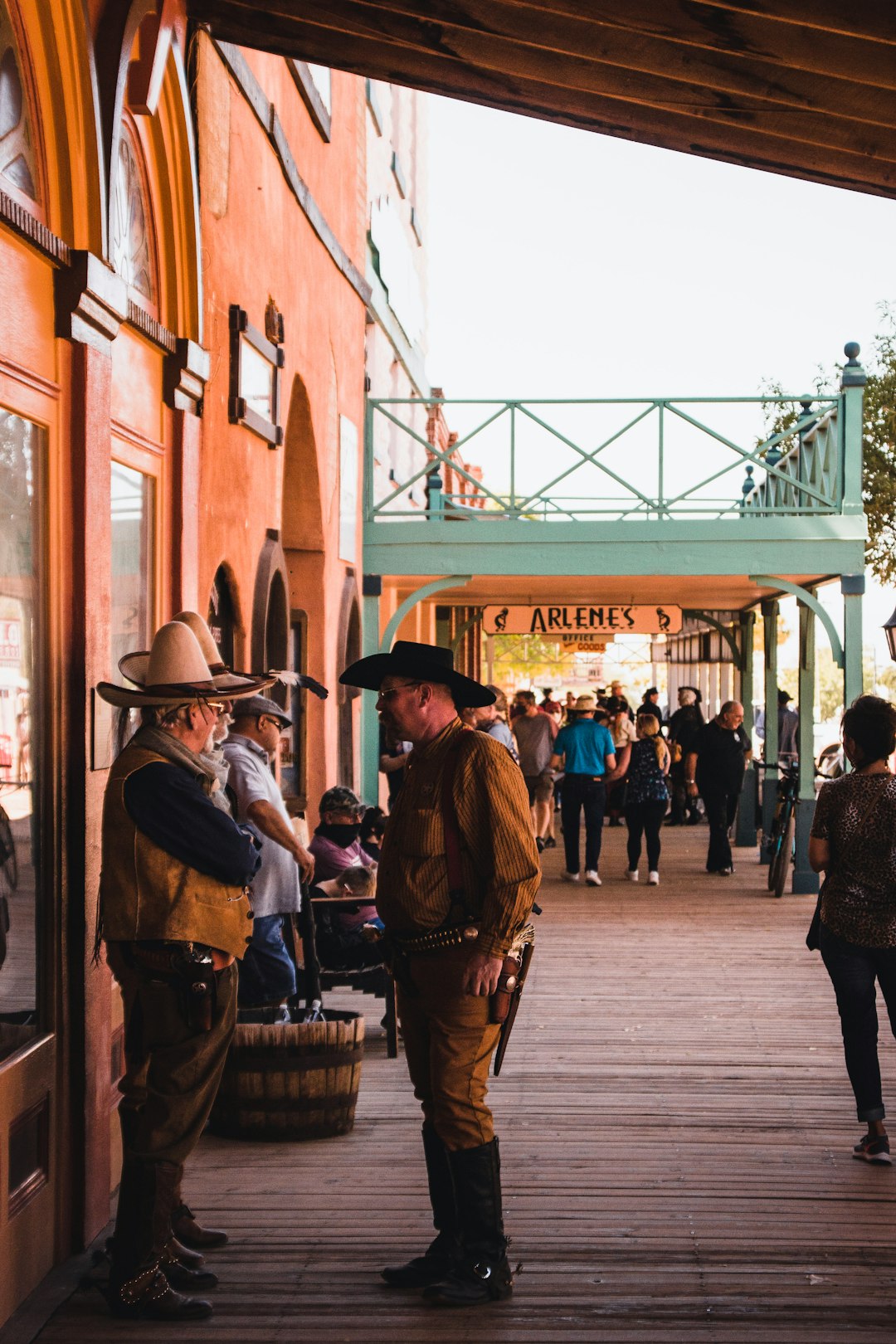
While technically more famous for silver than gold, Tombstone deserves mention because it represents the ultimate evolution of the American mining town – a place so legendary that it literally branded itself as “The Town Too Tough to Die.” Founded in 1877 by prospector Ed Schieffelin, who was warned he’d find nothing but his tombstone in Apache territory, the town became synonymous with Wild West lawlessness. The famous Gunfight at the O.K. Corral in 1881 was just one of many violent episodes that made Tombstone a household name. What makes Tombstone fascinating for modern visitors is how it has perfectly preserved its outlaw reputation while becoming a premier tourist destination. You can witness reenactments of the famous gunfight, visit the saloons where Doc Holliday played poker, and walk through Boothill Cemetery where many of the town’s most notorious residents found their final rest.
These gold rush towns offer more than just history lessons – they’re windows into a pivotal moment when America was still wild, fortunes could be made overnight, and entire communities could vanish just as quickly. Walking their streets today, you’re not just a tourist but a time traveler, experiencing the hopes, dreams, and harsh realities that shaped our nation. What would you have done if you’d been there when the cry of “Gold!” first echoed through these hills?





